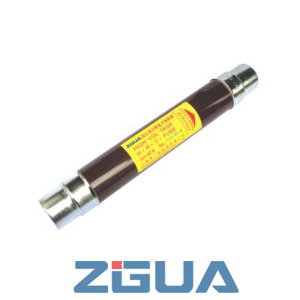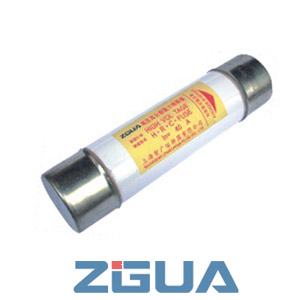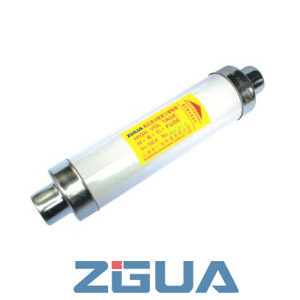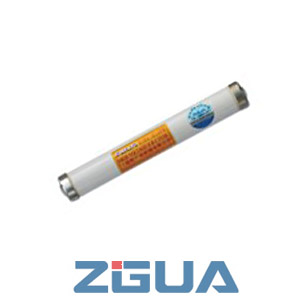High-voltage fuses play a very critical role in power equipment, so mistakes cannot be made during use and installation, otherwise it will cause various safety hazards. Let us tell you what a high-voltage fuse is, its characteristics, installation methods, and installation environment requirements.
What is a high voltage fuse?
High voltage fuse is a protective component used in electrical equipment and circuits. It is usually made of a thin wire that fuses when the current exceeds the rated value, thus cutting off the circuit and preventing equipment in the circuit from being damaged or causing a fire due to overload or short circuit. High voltage fuses are often used in circuits that require higher voltages to ensure the safe operation of circuits and equipment.
What are the characteristics of a high voltage fuse?
1. High breaking capacity: rated breaking current is 40KA ~ 50KA.
2. Small power loss: ensure that the product has a lower temperature rise, especially when used in a fully enclosed insulation device, the effect is better.
3. Low arc voltage: During the breaking process, the arc voltage is low, and when used in a system with a voltage lower than the rated voltage, the arc voltage will be further reduced without damaging the system.
The danger of insulation.
4. Small characteristic curve error: The time-current characteristic curve error of the high-voltage current-limiting fuse is less than +10%, ensuring the reliability of the product.
How to install a high voltage fuse?
(1) Disconnect the power supply: Before installing the high-voltage fuse, be sure to disconnect the power supply from the electrical equipment or circuit to ensure that no current flows.
(2) Determine the rated current: According to the requirements of the equipment or circuit, select a high-voltage fuse with an appropriate rated current value. This is very important because the current rating of the fuse needs to match the load of the circuit to ensure reliable protection of the circuit under normal operating conditions.
(3) Install the fuse holder: Install the fuse holder to the device or circuit to ensure good contact and the ability to secure the fuse.
(4) Install the fuse: Insert the selected high-voltage fuse into the fuse holder, making sure it is installed correctly and that both ends of the fuse are in good contact with the fuse holder.
(5) Test: Reconnect the power supply and perform necessary tests to ensure that the high-voltage fuse is installed correctly and can provide protection in the event of an overload or short circuit.
Note: When installing high-voltage fuses, you should follow relevant safety regulations and operating guidelines, and ensure that they are installed by professionals to ensure the safe operation of equipment and circuits.
Requirements for installation environment of high-voltage fuses
(1) Temperature range: High-voltage fuses need to work within a specified temperature range. If the ambient temperature is too high or too low, the performance and life of the fuse may be affected.
(2) Electrical environment: High-voltage fuses should avoid installation in environments with strong electromagnetic interference, voltage fluctuations, or other electrical interference. These factors may cause the fuse to blow prematurely or fail to protect.
(3) Installation location: High-voltage fuses usually need to be installed on circuit parts or equipment that are susceptible to damage or may malfunction. Installation in environments subject to shock, vibration, shock, or other physical damage should be avoided.
(4) Space requirements: The installation position of the high-voltage fuse should allow sufficient space around the fuse so that the arc generated after the fuse blows will not cause injury and fire.
This article tells you what a high-voltage fuse is, its characteristics, installation methods, and installation environment requirements. Fuses are widely used in high and low-voltage power distribution systems and control systems as well as electrical equipment. Short circuit and overcurrent protectors are the commonly used protection devices.









